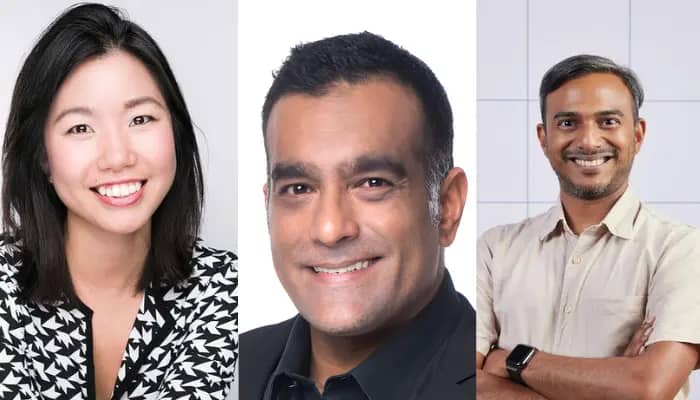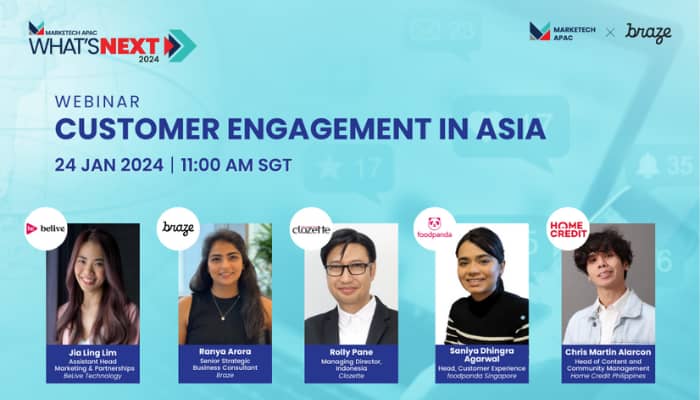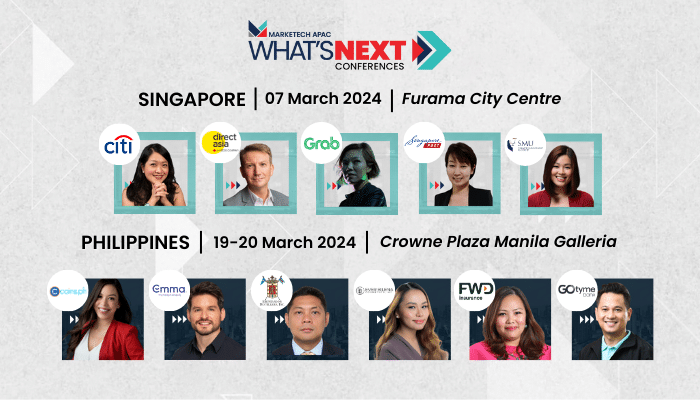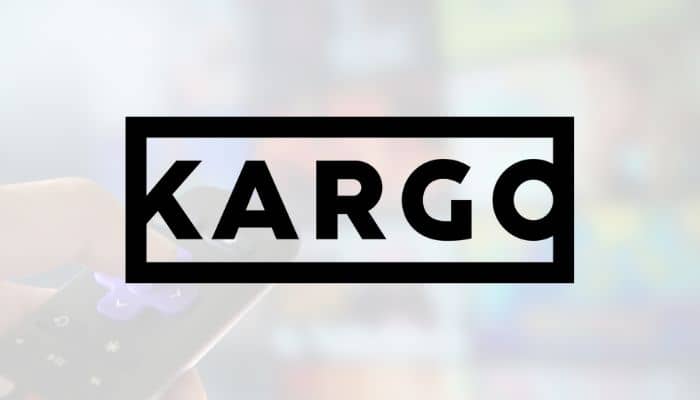As part of the company’s continued commitment to serve clients in the Asia-Pacific region, global adtech company Quantcast has recently announced new appointments for its Singapore office. They included Lavin Vaswani as commercial director for Asia; Jayaram Gopinath Nagaraj as group agency lead for Asia; and Joyce Seah as head of client success for APAC.
For the company, these appointments bring a wealth of experience and a proven track record in programmatic, sales and tech; and this indicates the company’s well-positioned growth in the region.
In our second Top Story for the year, MARKETECH APAC spoke exclusively with Sonal Patel, vice president for Asia-Pacific at Quantcast, to learn more about Quantcast’s vision in the region, their forecasts for the industry in APAC, as well as actionable insights for brands to consider in navigating a renewed adtech scene this year.
How the appointments signify Quantcast’s commitment to strengthen APAC agency relationships
Patel has noted that Quantcast has been serving clients in the region for nearly a decade, with the commitment to the region involving consistent expansion, and that they have been able to break into new markets yearly. Moreover, these new appointments are testament of this growth, and the strength of their relationships with agencies across multiple markets in APAC which is driving this growth.
“Our advanced proprietary AI-powered technology, first developed over 15 years ago, plays a pivotal role in our success. Combined with the exceptional performance the Quantcast Platform is able to drive, we consistently meet the diverse goals set by the agencies and marketers we work with,” she explained.
She also noted that for this year, Quantcast has welcomed more appointments, including in their Singapore office, which will be vital for marketers in their region as their services are able to navigate the cookieless landscape, empowering marketers and agencies to extend their reach beyond previous limitations.
“Quantcast has been strategically designed for the cookieless world since 2020, positioning us at the forefront of the evolving landscape. In this dynamic environment, as marketers and agencies transition to a new era, our platform continues to drive significant business. The shift toward a cookieless world amplifies targeting capabilities, enabling access to audiences previously out of reach,” she added.
Quantcast’s advice for APAC marketers to navigate privacy-centric alternatives
For Patel, these recent appointments underscore the company’s commitment to have precision-based technology, data, and analytics ingrained into the DNA of their business.
“Every decision we make is meticulously evaluated against potential trade-offs. At Quantcast, we seamlessly transition this methodology from global to glocal, leveraging a global perspective while overlaying a crucial local lens,” she stated.
When asked about what advice Quantcast can give to marketers in the region looking to explore more privacy-centric alternatives amidst new roadblocks on third-party cookie phaseout, Patel enumerated three advices to future-proof their programmatic strategies: assessing cookie exposure, leveraging data signals, and measuring impact.
“Cookieless advertising is a huge opportunity that not enough companies are taking advantage of now. Not many companies have started cookieless advertising. Despite the fact that about half the internet today has zero third-party cookies on it, almost 50% of ad dollars spent are still being invested the same way as before. It is a lot more cost-effective to reach audiences in cookieless environments now because there is less competition for cookieless inventory, meaning, you can deliver exactly the same amount of ads with the same precision, with less cost,” she explained.
What are the key trends and opportunities for digital advertising in APAC?
Patel immediately pointed out how artificial intelligence (AI) will be the primary trend for digital advertising in APAC, stating how AI can be used for personalised advertising and enhanced consumer connections.
“This surge in emphasis on AI-driven strategies is expected to significantly impact brand and performance advertising, making full-funnel advertising a foundational element in the upcoming years, with 2024 marking the starting point,” she said.
Moreover, she notes that there is hunger for accurate performance metrics stems from the evolving need to understand and measure incrementality, and that there are still many marketers that view campaigns through a bifurcated lens, separating them into brand and performance categories.
“The shift toward full-funnel advertising reports is essential, recognising the interconnected nature of brand and performance elements. A holistic approach becomes imperative to grasp the complete value of advertising, establishing a more comprehensive understanding of its impact,” she added.
It is also a no-brainer that cookieless advertising is also a key trend for the region, though Patel notes that there is still lack of urgency in this particular space.
“We have gone through two delays and changes from FloC to topics and changes, and entry to the privacy sandbox may have desensitised marketers in the region, but this dynamic is likely to shift, especially considering that a notable 1% of all Chrome users are on the verge of transitioning from cookie environments to cookieless. As we approach the eleventh hour, there’s a lingering question of whether regulations might intervene, given the pivotal nature of this rollout and the expansive growth of Chrome globally, including its impact on Android users,” she stated.
Lastly, Patel states that gaming will gain mainstream prominence in the APAC region, complemented by the ascent of retail media into the limelight. However, the real intrigue lies in the effectiveness of these strategies within a media campaign.
“The modern consumer is not confined to a singular online focus; instead, they engage with multiple touchpoints across the internet and everyday life. Relying solely on vertical networks may not provide the comprehensive 360-degree touchpoint for consumers—this can only be achieved through the open internet. A holistic ecosystem that encompasses all these facets offers marketers a unique opportunity to reach a broader audience within their permissible bounds,” she concluded.


















